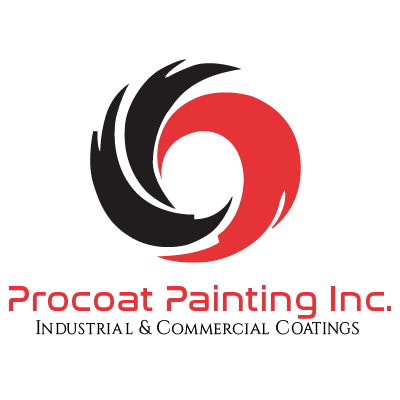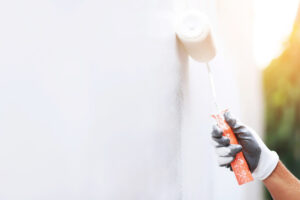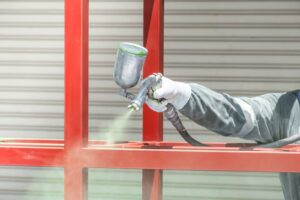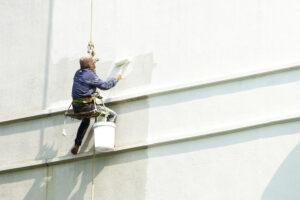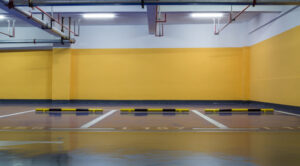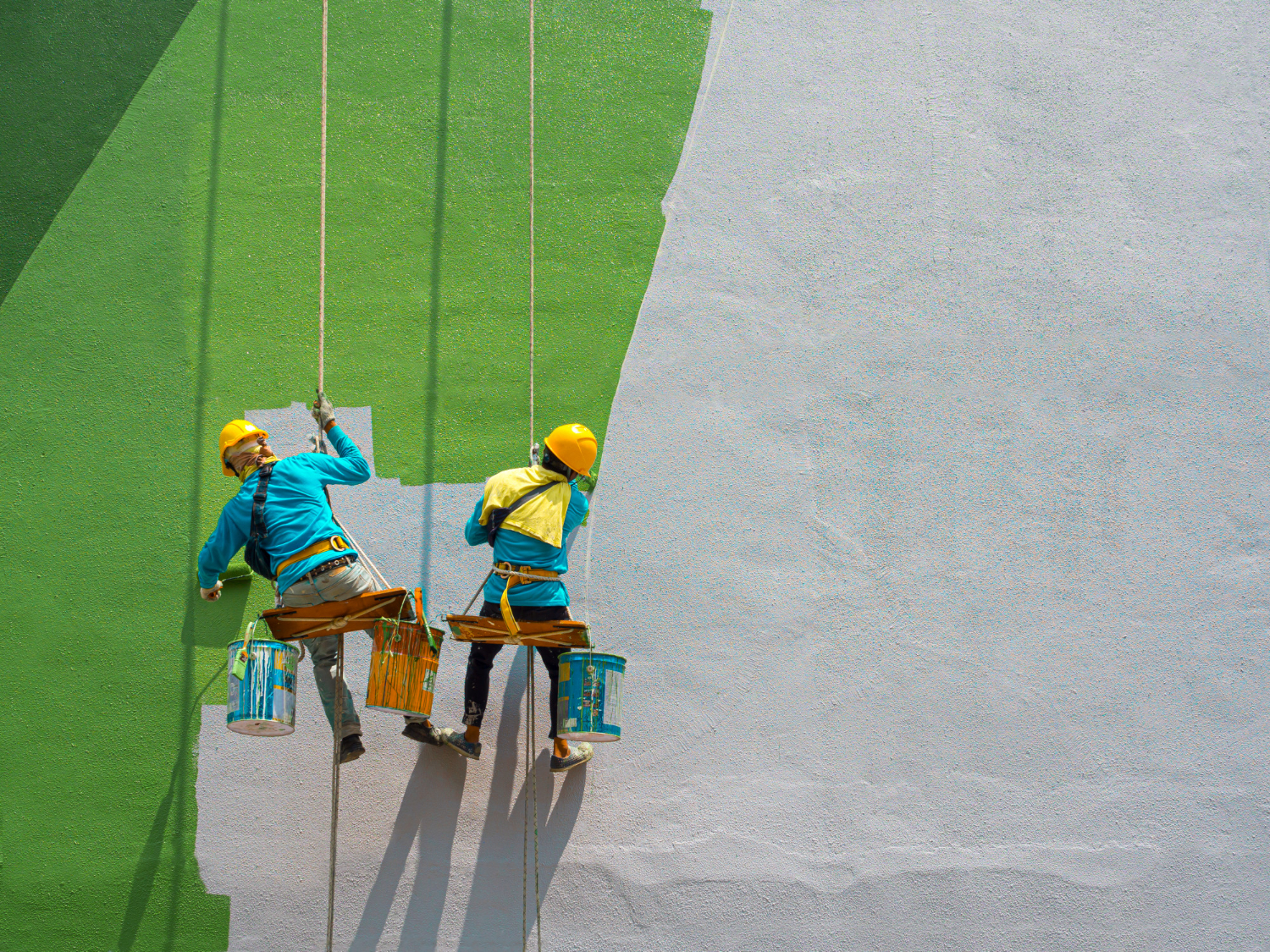
Painting the exterior of high-rise buildings presents unique challenges and risks. The height alone can make it a serious task that requires careful planning and strict safety measures. High-rise painting is not something to rush; it demands attention to every detail to ensure the safety of everyone involved.
The first step in any high-rise painting project is to establish a solid safety plan. This includes choosing the right gear and equipment to protect workers from potential hazards. Safety gear like harnesses and helmets are essential to shield against falls or injuries. Be sure to check and maintain equipment regularly to minimize risks.
Weather conditions can change quickly, making it crucial to choose the right time for painting. Wind and rain can create dangerous situations, so selecting calm and clear days is ideal. Proper planning and preparation help in ensuring that everyone remains safe while working at such great heights. Keeping these safety tips in mind can make a big difference in successfully completing a high-rise painting project without any incidents.
Preparing for Safe High-Rise Painting
When getting ready to paint high-rise building exteriors, safety is the top priority. Essential safety gear is the first thing you need to consider. Workers must wear harnesses, helmets, and gloves at all times to protect themselves from falls and injuries. Harnesses are crucial because they keep painters secure when working at great heights. Helmets guard against falling objects, and gloves provide a better grip and protect hands from harsh chemicals found in paint. This equipment helps ensure that any painting job is completed with minimal risk to workers.
Another key aspect is assessing weather conditions and timing your work properly. Weather can change quickly, and working on a high-rise during strong winds or rain can be especially hazardous. Calm, clear days are ideal for painting because they reduce the risk of accidents and help the paint dry properly. Always check the weather forecast before starting work and be ready to postpone if conditions aren’t safe. Planning your tasks according to the weather helps ensure that the job goes smoothly and safely.
Understanding Scaffolding and Equipment Requirements
Knowing the right scaffolding and equipment to use is essential when it comes to high-rise painting. There are two main types of scaffolding to consider: suspended and fixed. Suspended scaffolding hangs from the top of the building and can be moved up and down. It’s often used for very tall buildings and provides flexibility to reach different parts of the exterior. Fixed scaffolding, on the other hand, is built from the ground up and stays in one place. It’s more stable but requires more time to set up, which might be suitable for smaller high-rise buildings.
Regular equipment checks are vital for maintaining safety and ensuring successful painting projects. Before starting work each day, inspect all scaffolding and equipment to make sure everything is in good condition. Look for signs of wear and tear, such as frayed ropes or unstable platforms, and address any issues immediately. A quick checklist before work begins can include verifying that all joints are tight, checking that pulleys and motors are operating smoothly, and confirming that all safety gear is free of damage. These small steps can prevent serious accidents and keep your team secure while they complete their tasks.
Safety Protocols and Guidelines
Safety protocols are essential for any high-rise painting project. Team communication and signals form the backbone of a safe work environment. Workers must communicate clearly to coordinate tasks and warn each other of potential dangers. Using hand signals is especially useful when verbal communication is difficult due to distance or noise. Training sessions on these signals can help every team member know what to do in different situations.
Being prepared for emergencies is another crucial aspect. Keep a first aid kit on-site at all times, and make sure everyone knows where it is located. Regularly check that the kit is fully stocked with necessary supplies. Conducting drills and training helps workers know how to respond during an emergency, whether it involves a fall or an unexpected weather change. Preparing for such instances reduces panic and ensures quick, effective action.
Maintaining a Safe Work Environment
A clean and organized work environment is key to preventing accidents while painting high-rises. Ensuring clear workspaces involves keeping tools and materials organized and free of clutter. This minimizes tripping hazards and allows workers to move freely without the risk of knocking things over. Tidying up and organizing can be done in small increments throughout the day to keep everything in its right place.
Regular breaks play a vital role in maintaining safety on the job. Breaks help workers stay alert and reduce fatigue. It’s important to monitor fatigue levels because a tired worker is more prone to mistakes and accidents. Encouraging team members to take short, scheduled breaks allows them to rest and return to work with renewed focus. Also, providing access to water and shade keeps everyone comfortable and helps maintain steady energy levels. By focusing on these practices, you can create a work environment where safety is prioritized and accidents are minimized.
Conclusion
Painting high-rise building exteriors involves unique challenges that require thorough planning and strict adherence to safety measures. Preparing for a safe painting project starts with essential gear and a keen eye on weather conditions. Understanding different scaffolding types and conducting regular equipment checks further bolster safety and efficiency. Safety protocols, including communication signals and emergency preparedness, ensure that everyone knows how to act in a crisis. Maintaining a tidy work environment and taking regular breaks help keep workers alert and minimize risks.
At Procoat Painting Inc., we understand that maintaining safety standards is crucial for successful projects. Our expert commercial paint contractors are equipped to handle even the tallest tasks while ensuring maximum protection for all involved. If you’re ready to tackle your next high-rise painting project with a focus on safety and quality, contact Procoat Painting Inc. today. We are here to help your building look its best while prioritizing the well-being of your team.
